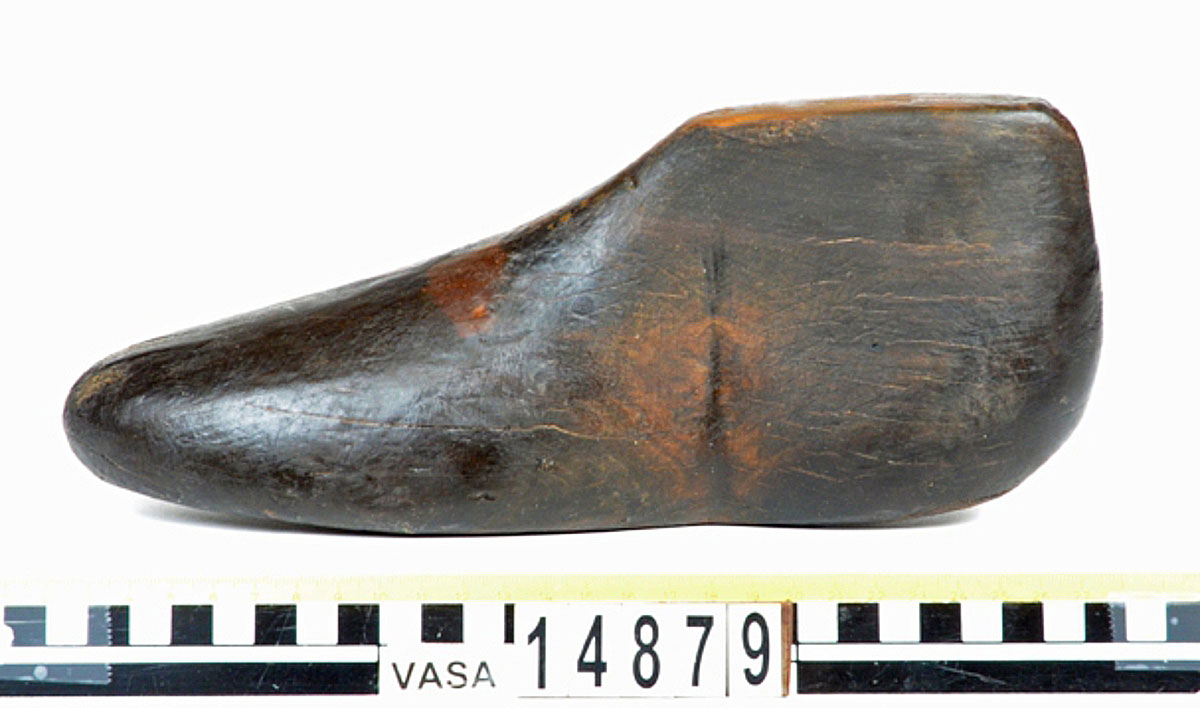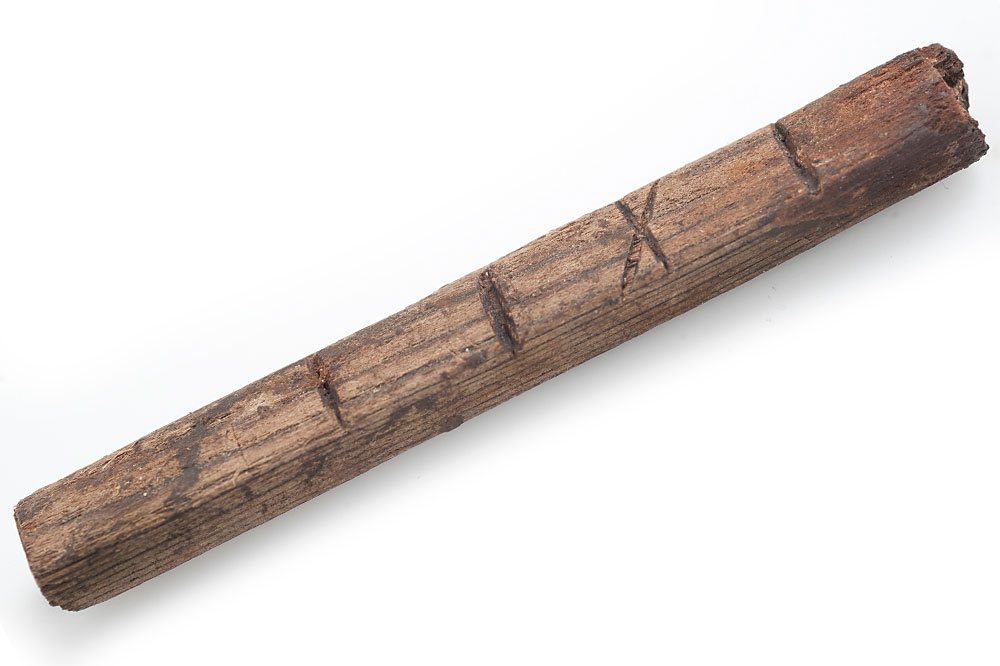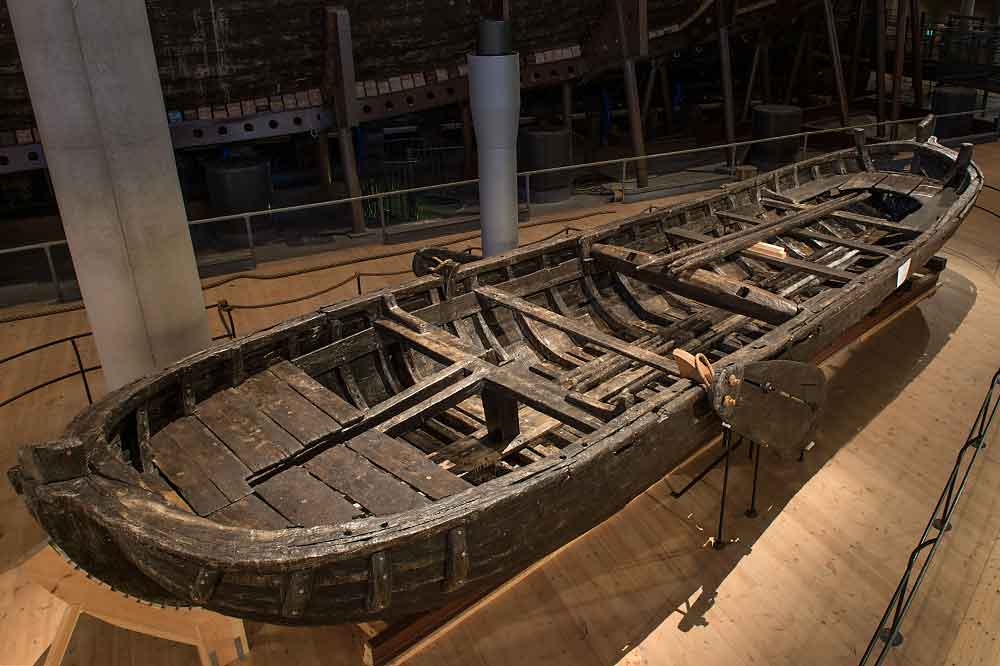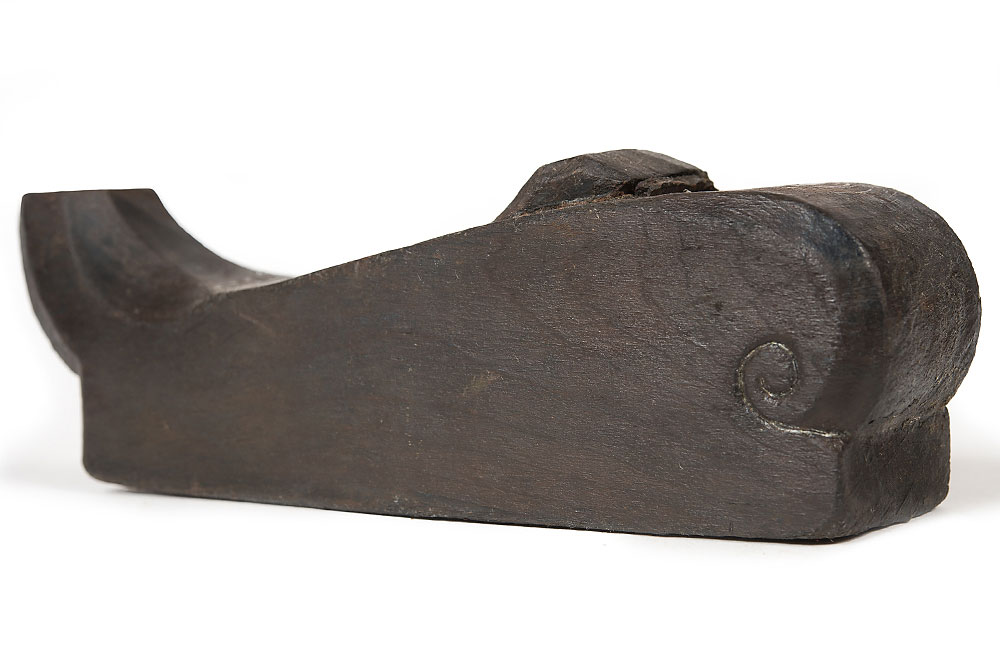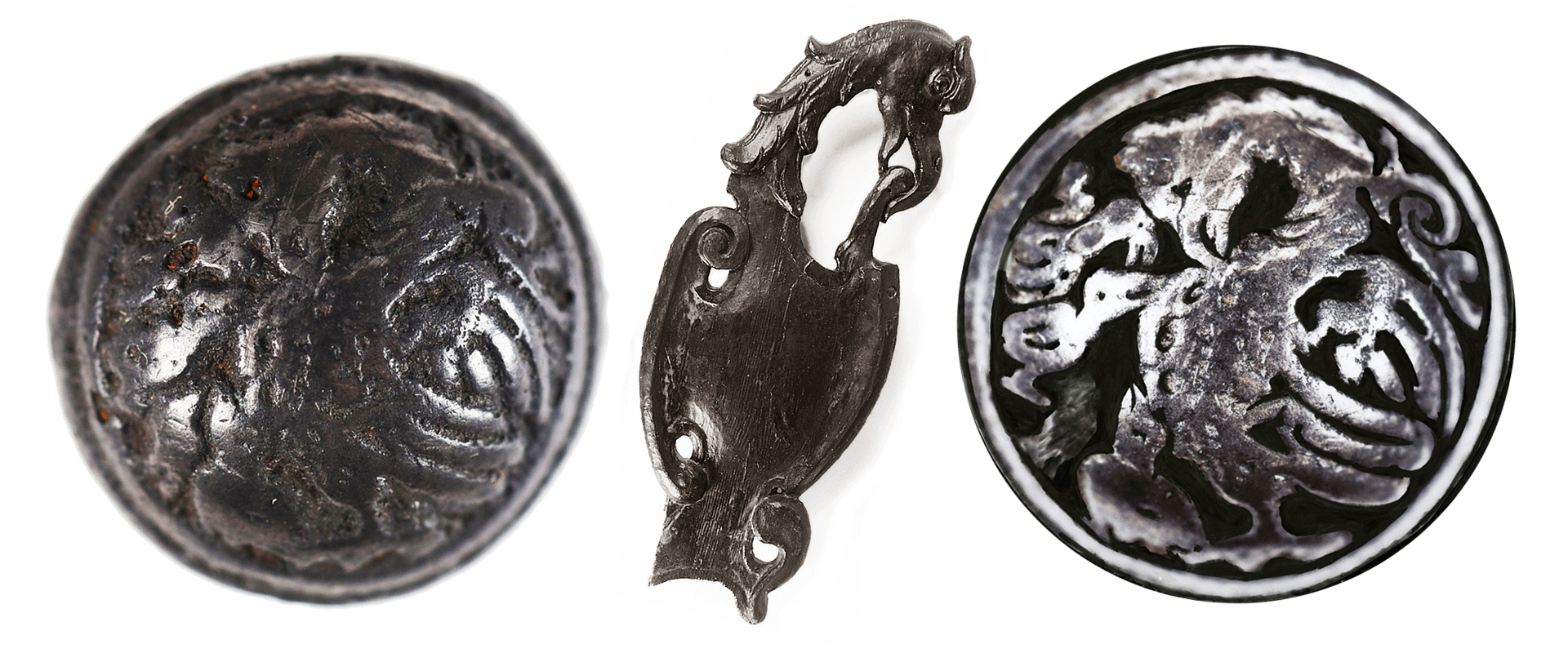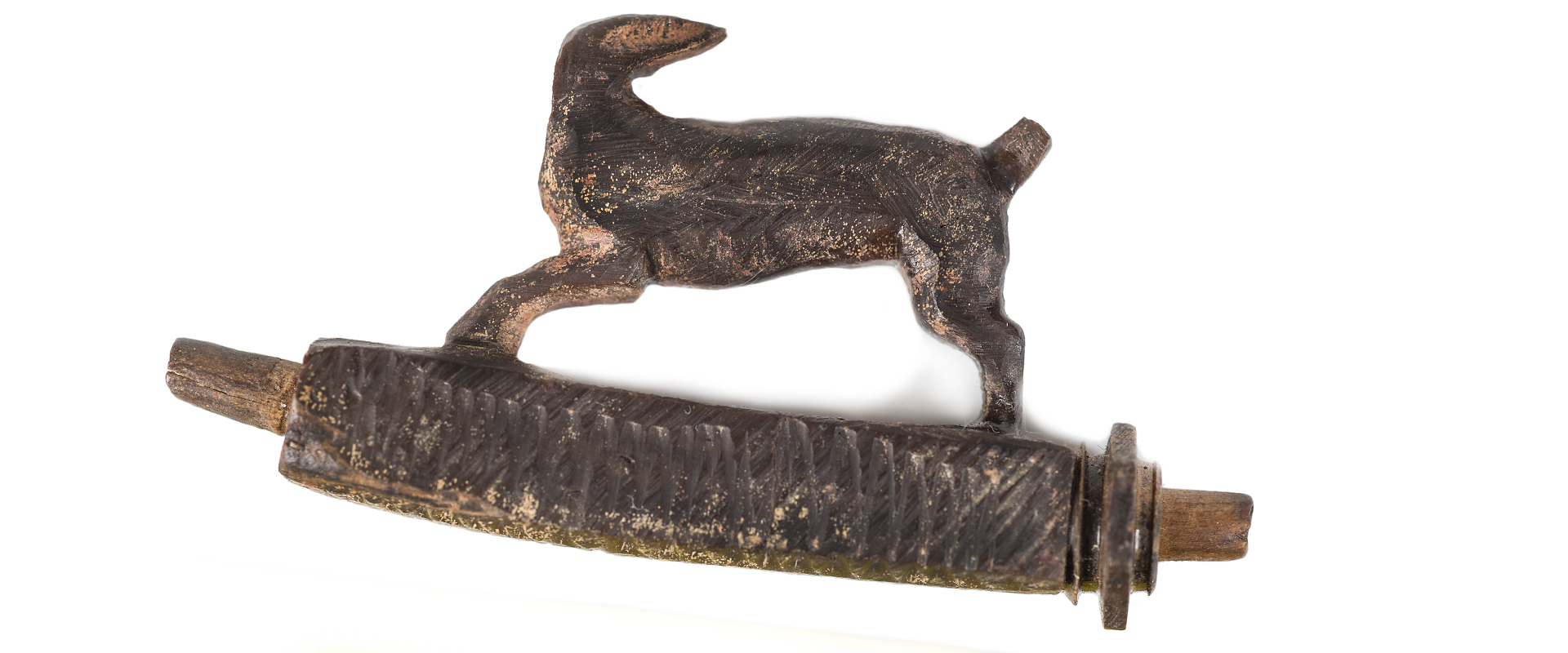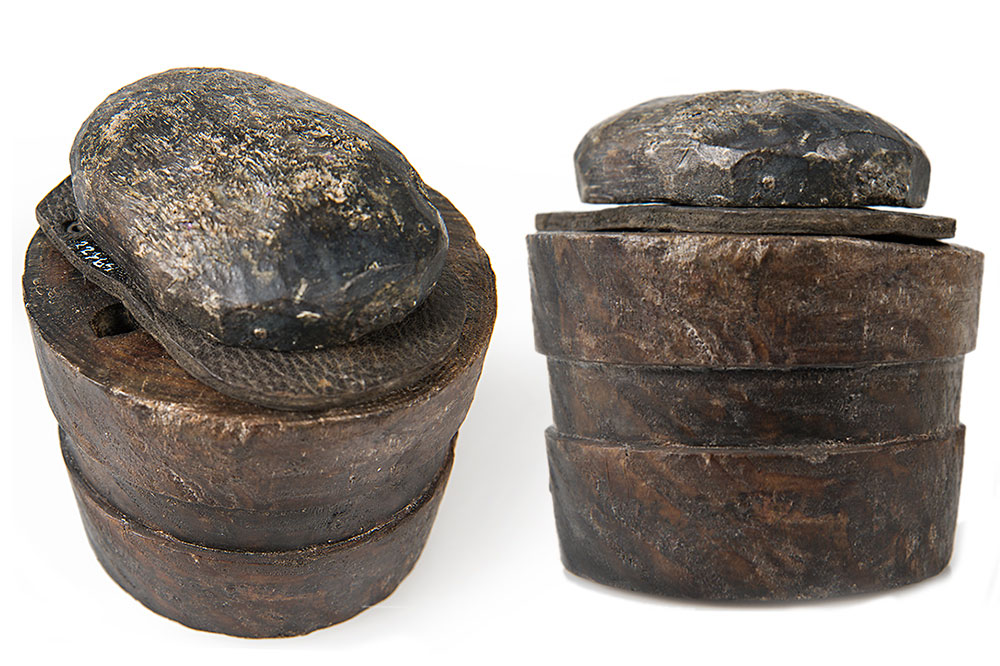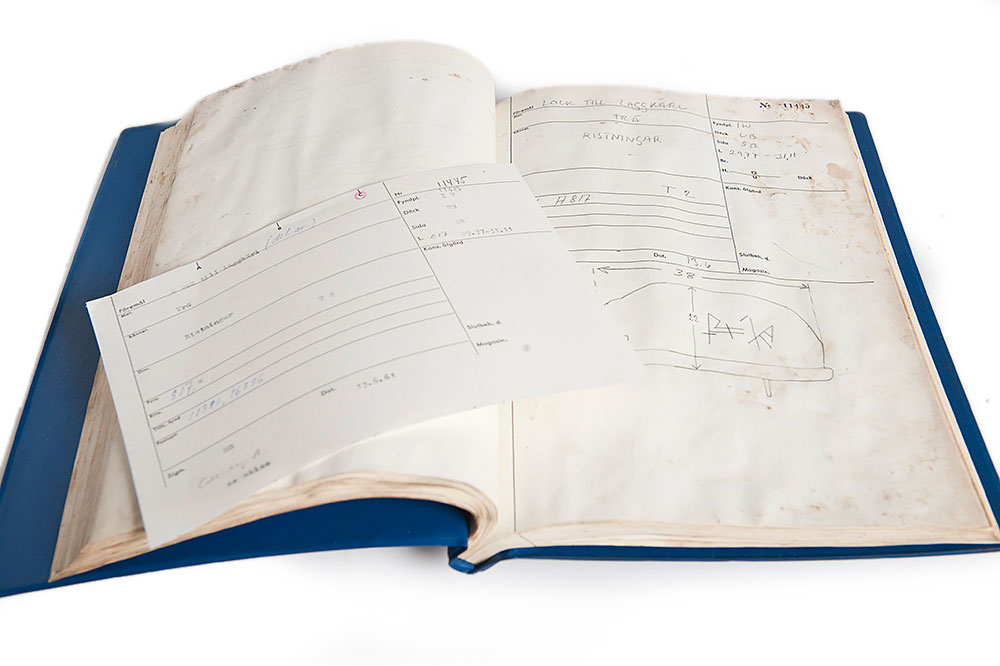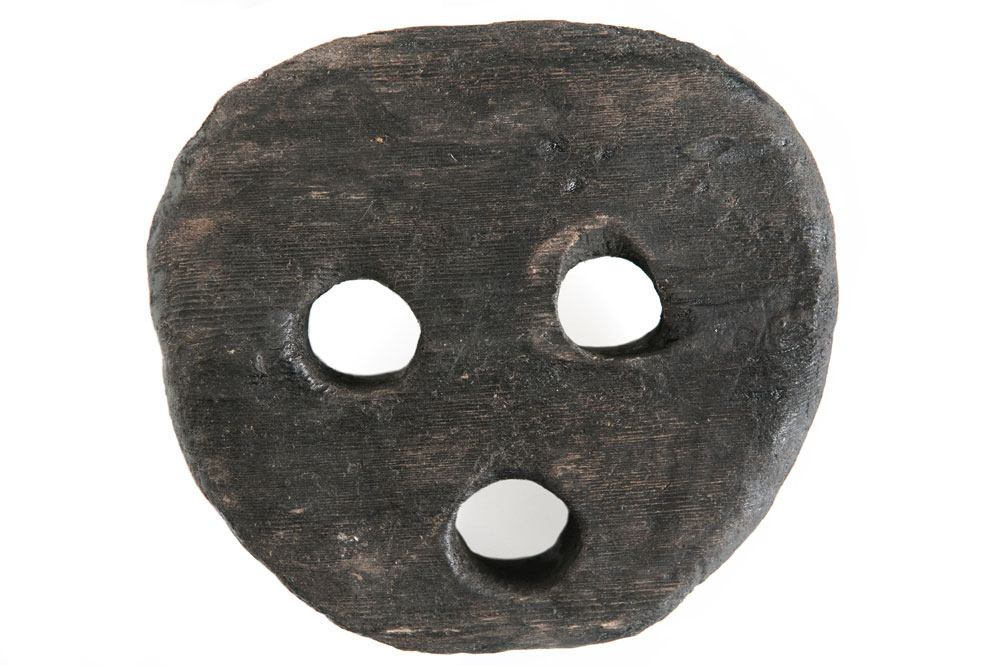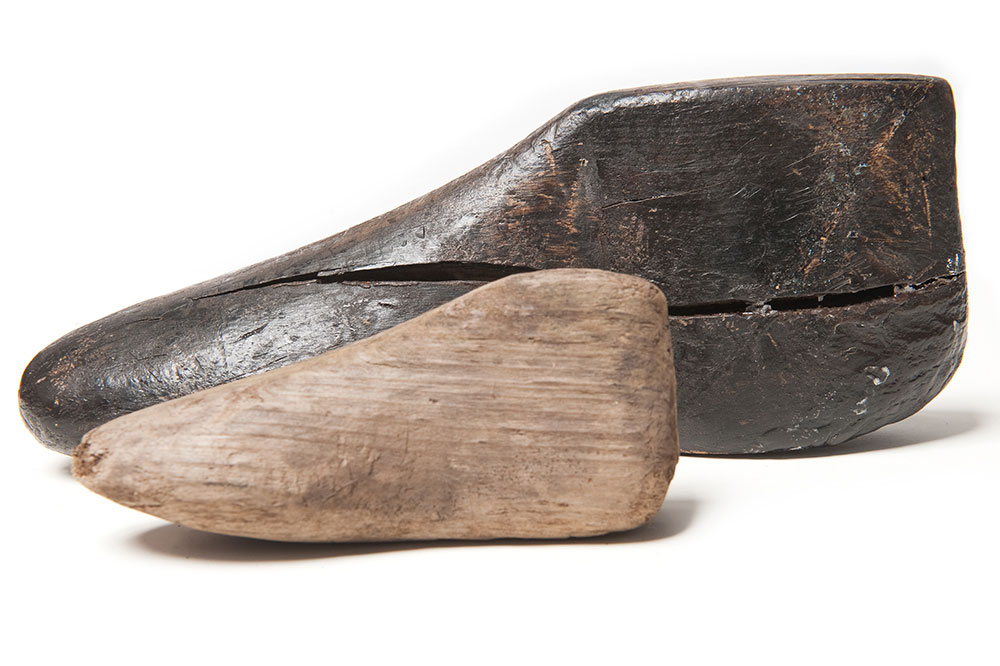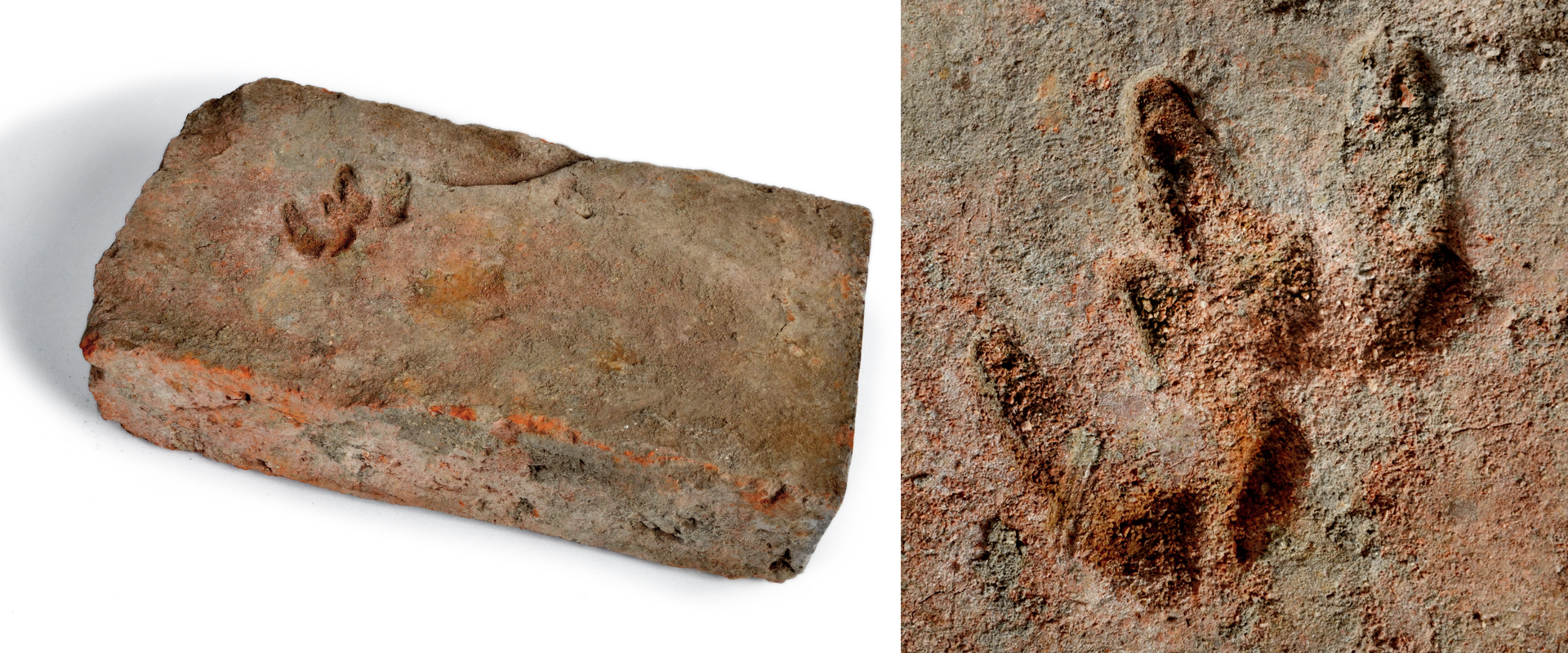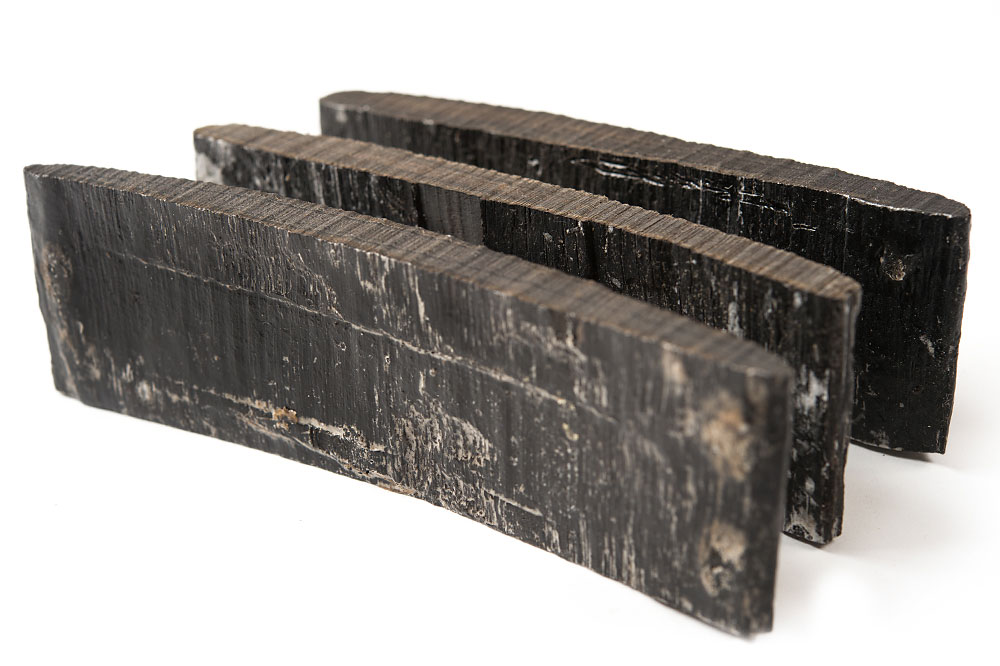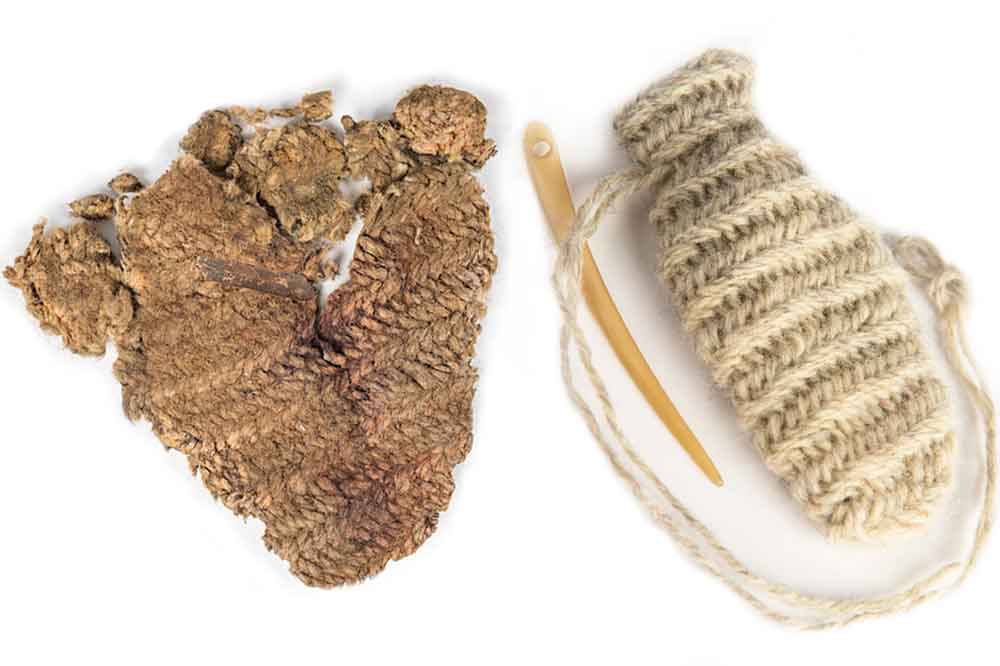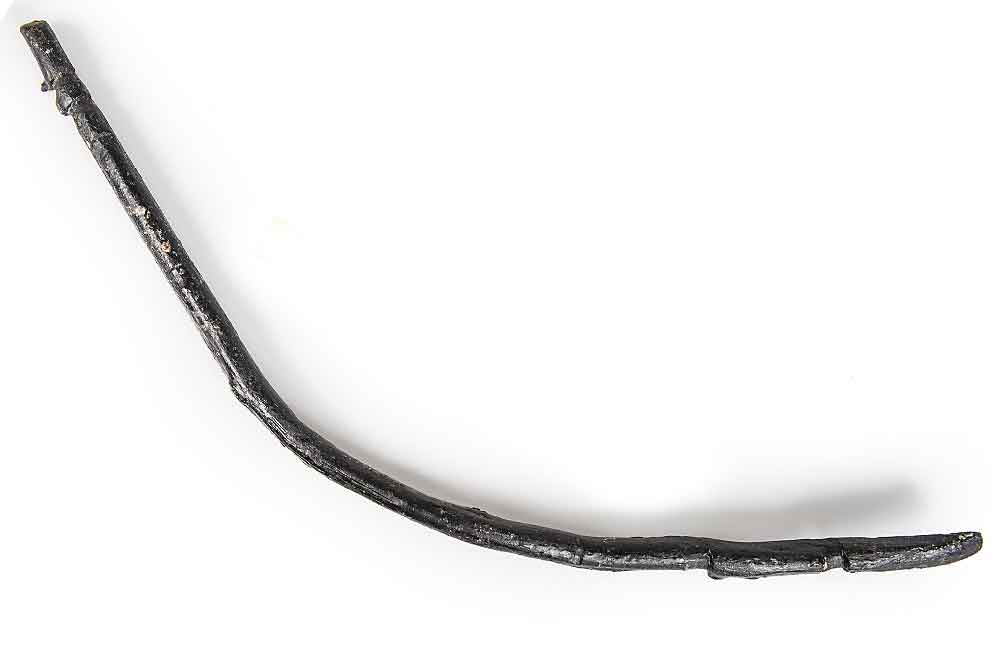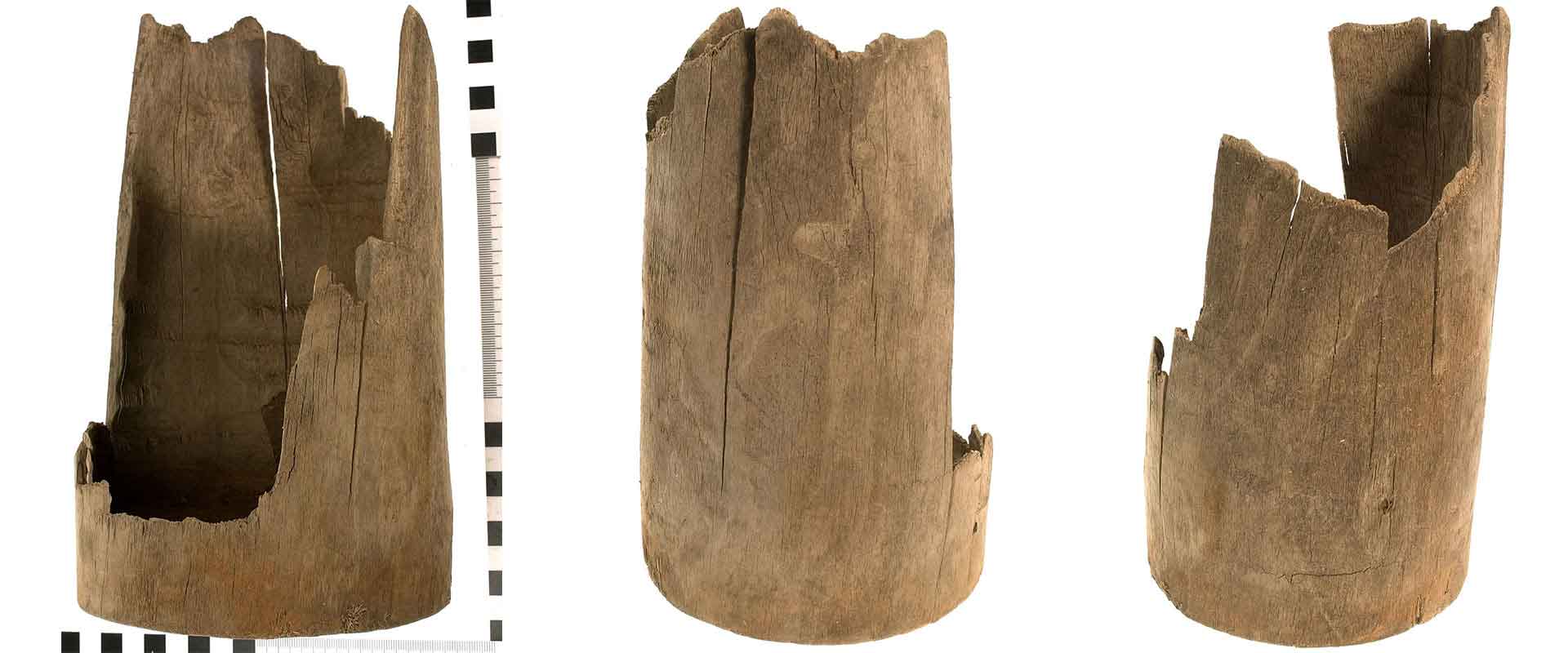Animal bones have been found on every one of Vasa’s decks. Of the almost 2000 bones which have been studied, 1579 have been identified. Some of the bones, mainly those found on the weather deck, are probably from more recent times. Those that were found on lower decks are more likely from Vasa’s food stores. Barrels containing bones from butchered and salted meat and fish were found in the ship’s hold. In total, remains of 17 different species have been found.
Research about the bones
During 2015 and 2016, Björn Gornik, a guest researcher from Kiel University in Germany studied the bones and compared many of them with a reference collection held at Stockholm University’s Osteological Institution. His research produced some interesting results. Among other things, he examined traces of butchering and cut marks and could see that the majority of cuts were made by inexperienced individuals, possibly apprentices, or evidence of cottage industries selling their produce.
Were there live animals on the Vasa?
The chicken bones found on Vasa had raised the question of whether live hens were onboard. Investigations revealed that at least one bone had evidence of knife cuts which indicates that the chicken was already dead.
We knew from earlier studies that cats were on board Vasa. One of them seems to be unusually large! The cats were not onboard as food but were on the ship to hunt rats. They must have done their job well, as no rat bones have been found.
The species represented in the bone material from Vasa include: cow, pig, sheep/goat, roe deer, domestic cat, domestic fowl, goose, mallard, black and willow grouse, cod, pike, burbot (a freshwater codlike fish), ling, herring and perch.

